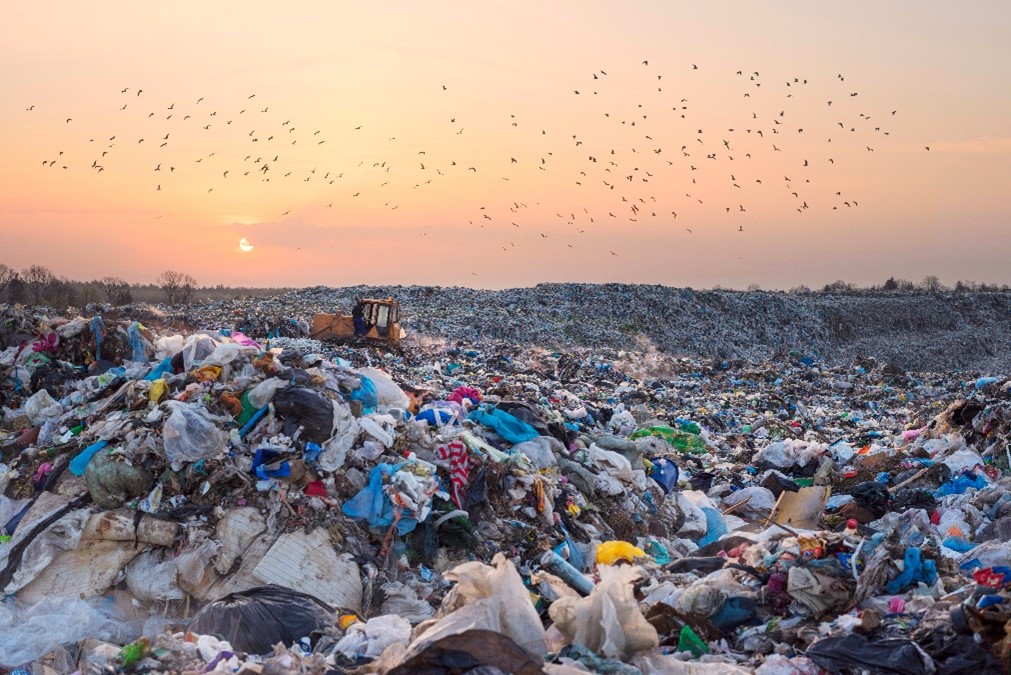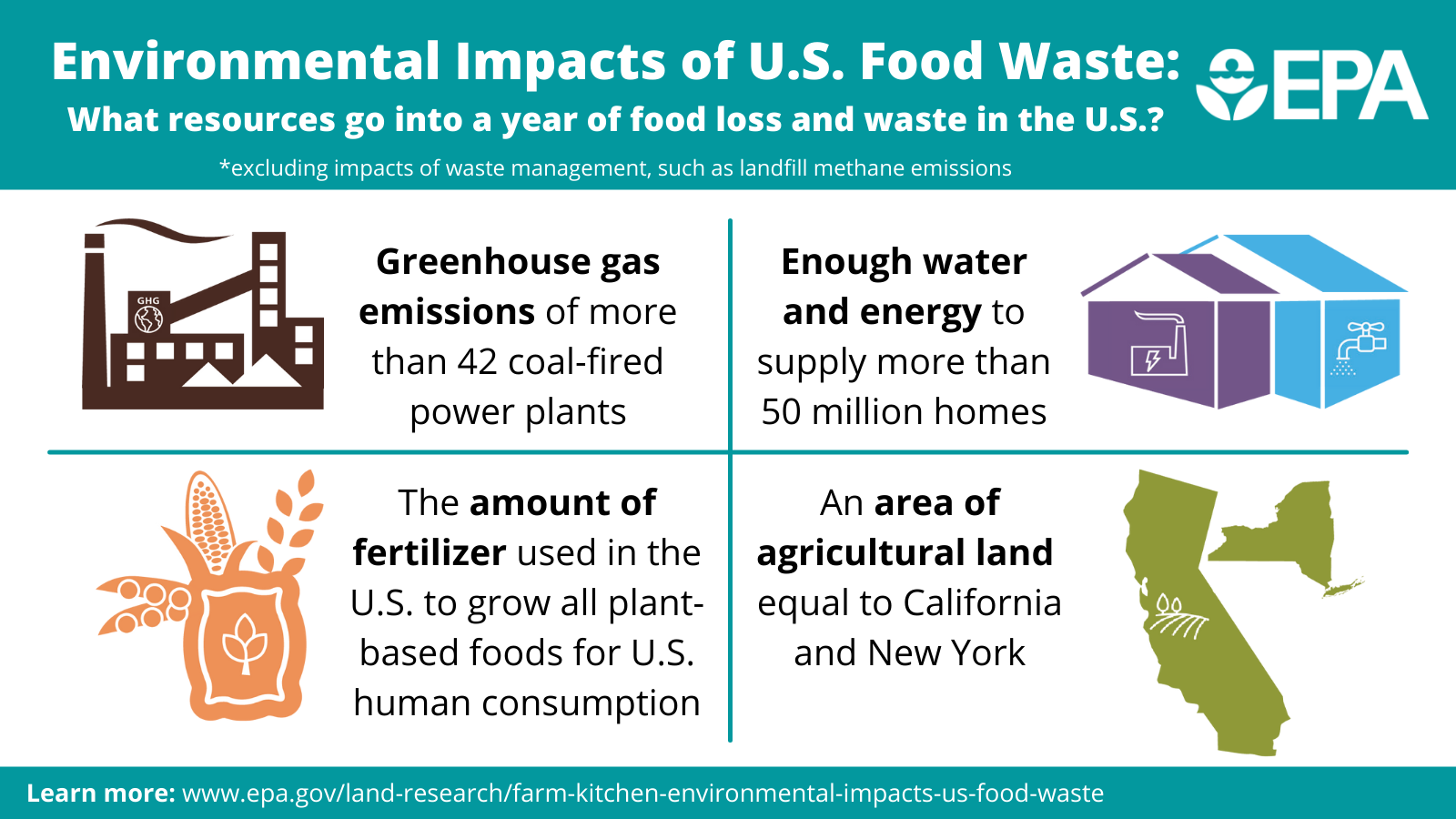Food Waste Impact on Greenhouse Gas Emissions
Climate change impacts all of us. But what we don’t seem to hear enough about is the impact that food waste is having on greenhouse gas emissions and in turn, climate change.

In 2020, Food Tank – a non-profit organization seeking to build community around healthy eating, education, and advocating for change, wrote, “Uneaten food has dire consequences for the planet: decomposing waste releases methane, a potent greenhouse gas. According to the UN, if food waste was its own country, it would be the third-largest emitter of greenhouse gas in the world, after the United States and China.”
The reality is that these greenhouse gas emissions are creating their own cycle of detrimental effects on the agriculture industry. Large percentages of food are sent to landfills as waste (40% of food produced in the US ends up in landfills, enough to feed 2 billion people). That food decomposes, emitting methane into the atmosphere, warming our planet which hinders our ability to continue to grow food.
ReFED, a national non-profit dedicated to ending food loss and waste across the US food system, describes the situation we’re facing:
“Food waste is a major driver of climate change, which is affecting the ability of cropland and water resources to produce the amount of food needed to feed our growing population. According to the U.S. EPA, annually food waste produces more greenhouse gas emissions than 42 coal-fired power plants, uses enough water and energy to supply more than 50 million homes, and requires an area of agricultural land equal to California and New York. Importantly, uneaten food is the number one product entering landfills, where it has the highest generation potential for methane, an anthropogenic greenhouse gas that’s 80 times more potent than carbon dioxide.”

This is why people like us are working to share solutions both on small and large scales. Saving and eating your leftovers, creating a food budget for your home, donating fresh food, and rescuing food from landfills are all important steps we can all take to address food waste in our communities.
“By reducing food waste, we can cut greenhouse gas emissions, save water, create jobs, and recover food for those in need. And that reduction comes with a significant financial benefit too. ReFED estimates that an annual investment of $14 billion over the next ten years can not only reduce food waste by more than 50% each year but also result in an annual net financial benefit of $73 billion – a five-to-one return.”
It is important to think about the many ways we can reduce our environmental impact and preserve our relationship with our planet for generations to come. Reducing food waste through food rescue is a great way to contribute to positive change because it not only helps those fighting hunger but also has a positive impact on our environment, helping to create a beneficial cycle of change, rather than a detrimental one.
Sources
Food Tank – https://foodtank.com/news/2020/12/organizations-diverting-food-waste-to-provide-meals-for-people-in-need/
ReFED – https://refed.org/engage/food-waste-funder-circle/
Image Sources
EPA – https://www.epa.gov/land-research/farm-kitchen-environmental-impacts-us-food-waste